Customized Internship Programs
for international students in Argentina and Uruguay
Puentes builds bridges to connect undergraduate students and recent graduates with professional and cultural opportunities in Argentina and Uruguay. The core component of the Puentes experience is an engaging internship at a high-performing nonprofit, business, or government agency, with meaningful work and close supervision. The internship is complemented by personalized professional development, engaging cultural activities, and constant support for the students before, during, and after the Puentes adventure. Puentes seeks to shape global citizens who bring an international perspective to their spheres of work and influence.
The Internship
The focus of the internship is a keystone project, which the intern leads and concludes over the duration of the internship. The keystone project should be designed to directly contribute to one of the organization’s key work areas so that the intern gains real experience and know-how through substantial, mission-driven work while the internship site benefits from the valuable, targeted work output. Interns may work full-time or part-time. The duration of the internship varies according the intern’s availability and the preferences of the internship site, but typically internships are at least eight weeks. Interns are not paid.
The Matching Process
Puentes customizes internship options according to applicants’ professional interests and goals. Based upon the student’s application materials and an initial phone conversation with Puentes staff, Puentes refers the student to up to three internship sites. Puentes shares with the potential internship sites the student’s resume, as well as letters of recommendation or a personal statement. The applicant interviews by phone or Skype with each internship site. The Puentes staff then collects the student’s preferences and the internship site preferences. Puentes notifies applicants where there is a match in preferences. Upon receiving an internship offer, the student will have up two weeks to accept or decline the position. When a placement is confirmed, Puentes reconnects the student with the confirmed internship site supervisor to complete an Internship Work Agreement to outline goals, expectations, and details for the internship so that all expectations are aligned before the internship begins.
The Role of the Internship Site Supervisor
To be considered as a Puentes internship site, the organization or business must complete an Internship Description Form, which outlines potential keystone projects and areas of work. Upon receiving application packets for interested students, the internship site interviews potential interns and provides the Puentes staff with feedback. Where there is a match, the internship supervisor completes an Internship Work Agreement with the intern. Puentes expects that that internship supervisor provide adequate supervision, meaningful work, and performance feedback throughout the internship. Puentes staff will conduct an initial meeting with the intern and supervisor during the first days of the internship to review together the project work plan. Then Puentes staff will return to the internship office to conduct a mid-internship site visit to provide a space to communicate learnings, challenges, successes, and goals. At the end of the internship, the intern and internship supervisor will have a closing meeting to reflect on your internship experience, and the internship supervisor will complete a brief, written evaluation of the intern’s work.
Why work with a Puentes intern?
Organizations and businesses that work with Puentes interns receive many benefits. First, they will have an enthusiastic and skilled young person to help them complete timely and important projects. Second, the organization will participate in a rewarding program that helps undergraduate students and recent graduates gain valuable professional experience, while becoming immersed in a new culture. Third, the organization will meet talented young people who foster cultural exchange in the office and who could be future employees.
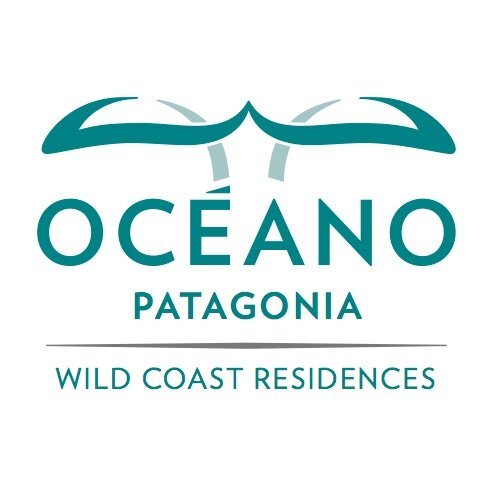
Puentes has provided Océano Patagonia with skilled and enthusiastic interns who help us reach our organizations goals while providing an opportunity to "plug in" to the skill sets of current university students. We are thrilled to partner with Puentes to provide intern opportunities as, for us, their interns make a measurable and positive impact in our organization.

Our experience with Puentes has been excellent. The intern that worked with us had a great set of skills and was very proactive. The presentation and follow up from Puentes on the work we were doing, as well as the guidance on best practices on how to manage this programs, was really helpful and made things really easy and efficient. I would completely recommend it to any SMEs that are working on specific projects and have some specific tasks to delegate.

We discovered Puentes and we are loving it. Having young, smart people that come with a fresh perspective, eager to give has been great. This is, by far, the best intern program I have known to date.
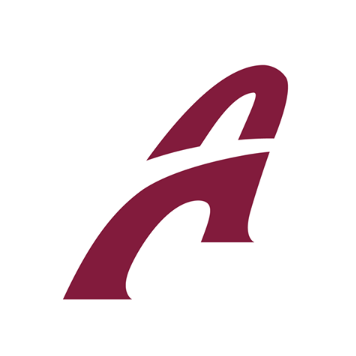
Puentes is by far the most impressive intern program company I have come across. The interns all rave about their amazing experience and we have excellent results from working with them. The students are filtered carefully and matched with organisations they are very suitable for. They fully engage with the different companies they work for and are closely monitored by Puentes throughout their time in Argentina. While I really enjoy hosting interns at our office location, the remote program was an amazing experience for everyone involved. I have been partnering with Puentes for five consecutive years and look forward to a fruitful future relationship.

My experience in working with Puentes helped to advance my startup in ways I never dreamed possible in the short period of time I had my intern. She was definitely qualified for the position and brought exciting and fresh ideas to our business that will be used for years to come. The Puentes process is seamless and straightforward for the business owner/employer. Puentes is run by a high-caliber team who deliver on their promises. I look forward to working with them again.
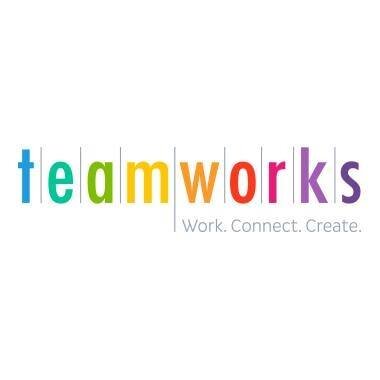
Estoy muy feliz de haber participado de la experiencia Puentes ya que ha contribuido en gran medida al crecimiento y mejora de nuestro coworking en su totalidad y además creo que tanto nuestra intern como yo hemos aprendido mucho una de la otra.
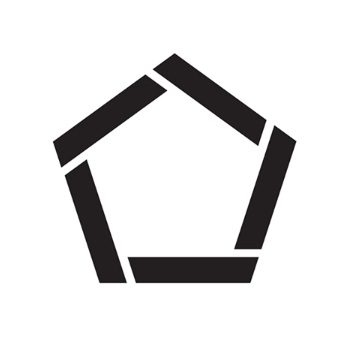
Muy buena experiencia, todo funcionó muy bien. Es muy cómodo y beneficioso trabajar con Puentes. La experiencia y retribución es mutua.
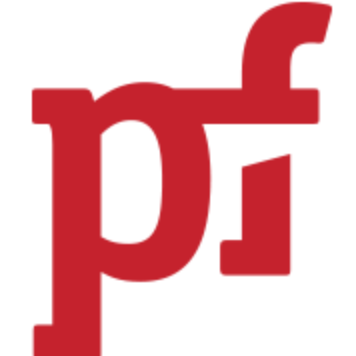
The interns brought some fresh air in turbulent financial times. They force our people to think and rethink our reality to explain in a simple way to them.
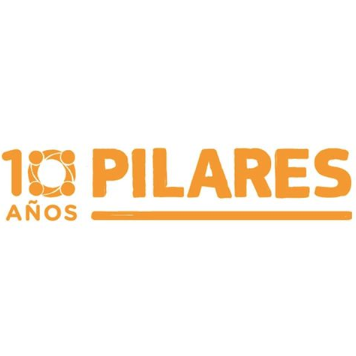
El seguimiento brindado por la organización es superior al que otras organizaciones de voluntariado internacional brindan, creo que eso es un diferencial muy positivo.
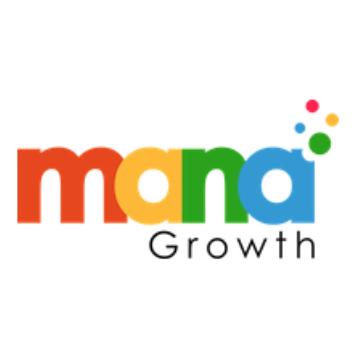
Poder contar con una pasante de este tipo en nuestro negocio nos permitió ampliar la cultura de nuestro equipo y tener una mirada más externa sobre nuestra empresa y sus procesos.
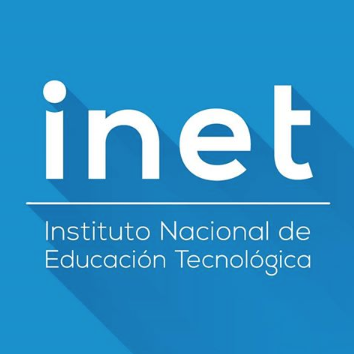
Ha sido realmente muy estimulante y desafiante tener un intern realizando actividades en nuestra organización. A su vez, ha sido ampliamente satisfactorio el resultado.
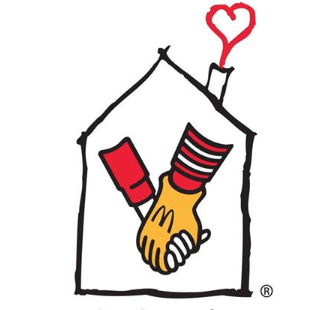
Es muy lindo trabajar con Puentes. En organizaciones como la Casa Ronald con presencia internacional siempre es interesante recibir estudiantes del exterior. Para nosotros el intercambio cultural y las practicas de otros paises son siempre bienvenidas para replicar.

He tenido una excelente experiencia con Puentes. Recomendaría recibir pasantes por parte de ustedes porque siempre son inteligentes, capaces y agregan valor. Además Puentes les da seguimiento, lo que representa una condición fundamental para que la experiencia del estudiante. No lo haría por nuestra propia cuenta, solamente con Puentes trabajando a la par. Es fundamental para que funcione.

Realmente ha sido un placer trabajar con Puentes. Es destacable la eficiencia y profesionalismo que a mostrado la fundación en todo memento, facilitando cada aspecto del proceso de pasantía. Además creo que Puentes brinda un excelente soporte para que la estancia de los pasantes sea lo más cómoda posible permitiéndoles enfocarse en sus áreas de trabajo.
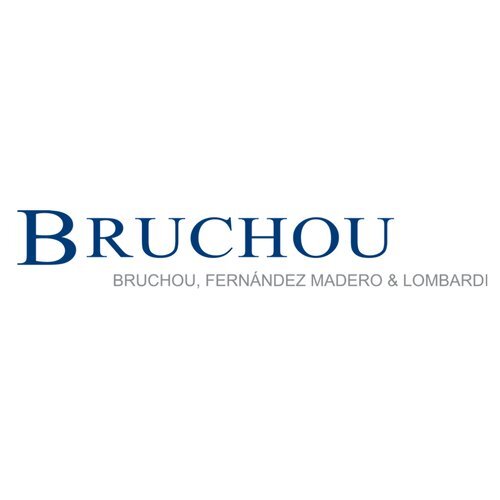
La experiencia ha sido excelente, siempre hemos trabajado con gran respeto, profesionalismo y cuidado por satisfacer las necesidades de todas las partes. Muchas gracias!

Mi experiencia ha sido muy valiosa pues he presenciado el crecimiento y las potencialidades que la intern desarrollo en su tiempo de estancia. Además del hermoso vÃnculo de respeto y cordialidad mutuo.
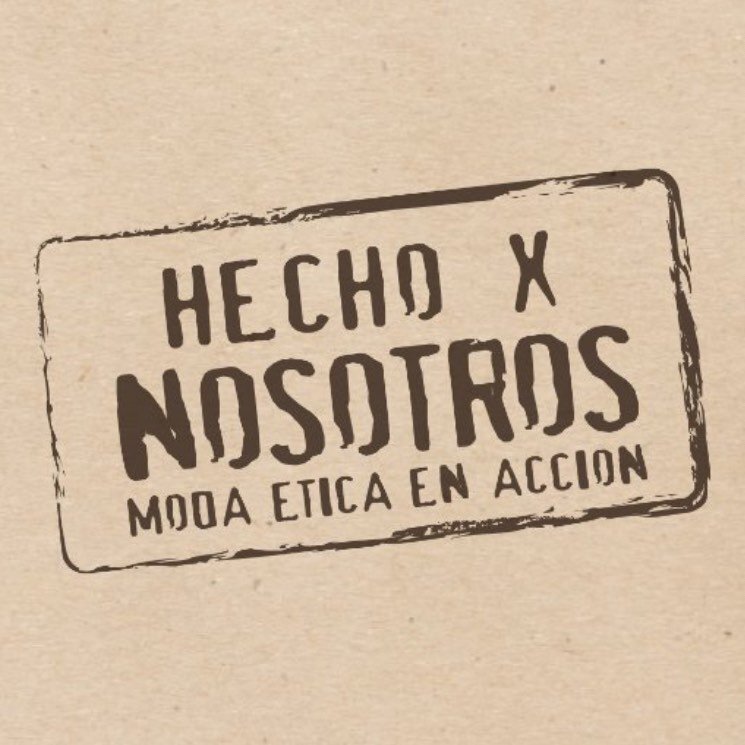
Thanks to Brynn, we were able to advance our project further than we had expected, and we have an excellent model for research based on her hard work.

Me resulta interesante conocer estudiantes de otros países, porque nos permite comparar con la preparación que le damos a nuestros estudiantes y comparar con la preparación que tuvimos nosotros mismos cuando fuimos estudiantes. Permite comprender otras culturas. Estamos agradecidos con Puentes por habernos contactado ofreciendo esta experiencia. Owen fue nuestro primer intern y nuestras expectativas fueron ampliamente superadas. Solamente tenemos comentarios positivos.

Puentes are a professional organization dedicated to facilitate engaging and interesting internships, and their close attention made the process of hosting a virtual intern easy and rewarding.

Valoramos mucho el interés de Puentes en que Inter-Cultura participe de este tipo de programas. Me parece muy interesante todos los hitos de "control" que tuvimos: entrevistas iniciales, commitment form, visita inicial, visita en medio del proyecto y este formulario de cierre. Esperamos poder seguir colaborando a futuro.

Puentes nos ha brindado la posibilidad de disfrutar de la colaboración y el intercambio con voluntarios extranjeros con un excelente perfil profesional y calidez humana
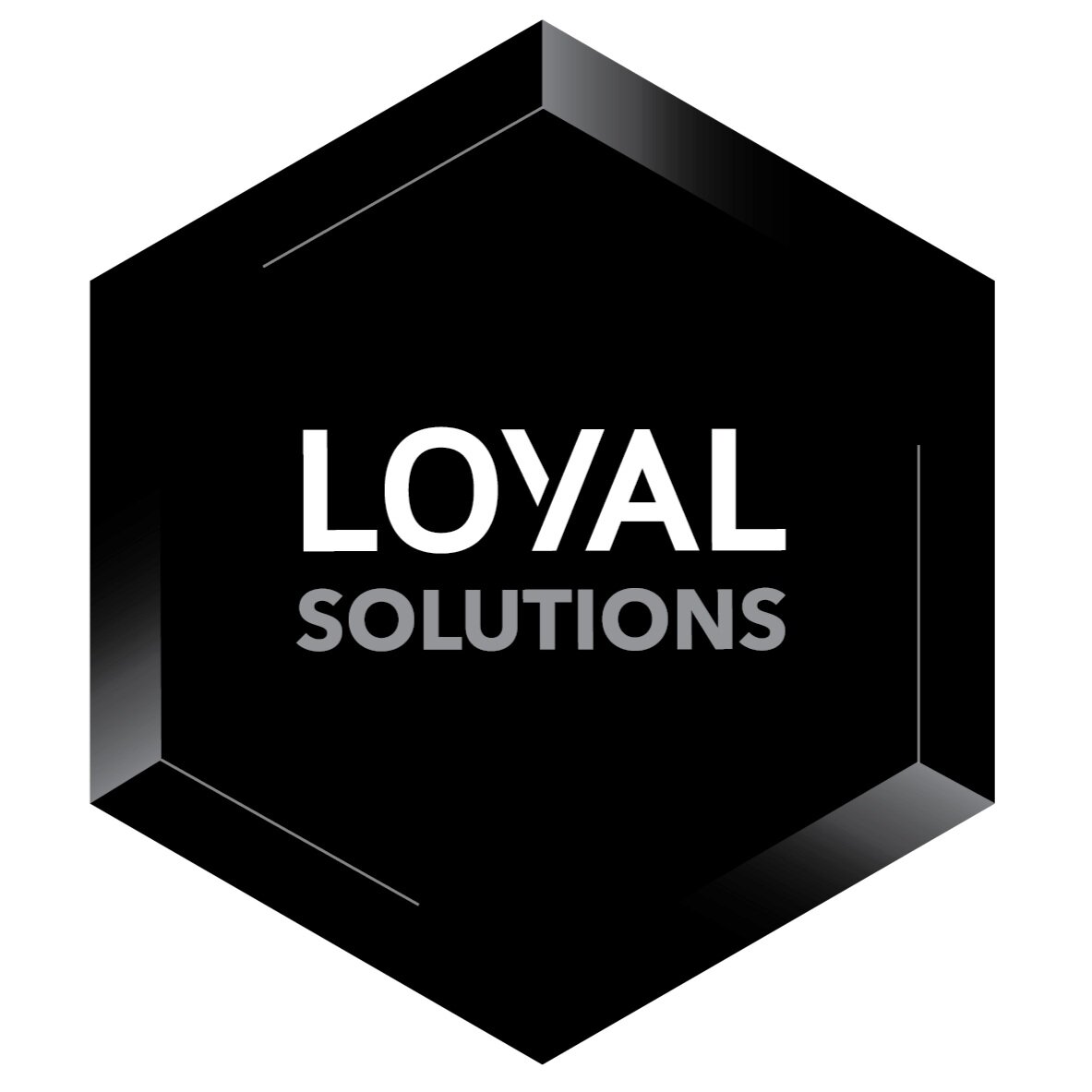
Puentes nos brindó una estudiante con una muy buena actitud superando ampliamente mis expectativas dando un valor agregado a uno de los objetivos más importantes de la compañía. Estoy ansioso por repetir la experiencia.
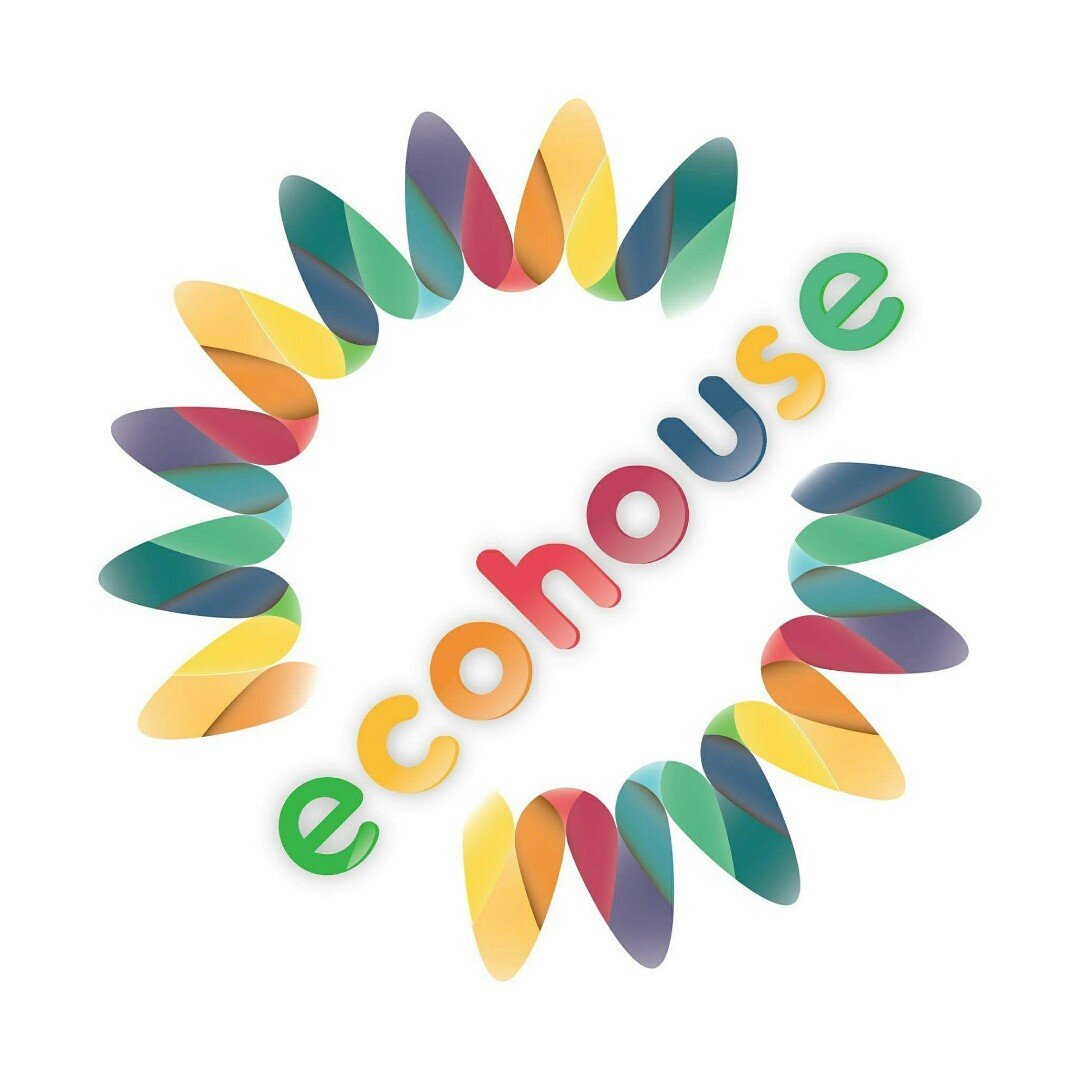
Trabajar con Puentes siempre ha sido un placer para nosotros, están muy pendientes de los interns con un proceso de seguimiento constante. La comunicación es muy clara y eso facilita una mejor experiencia para ambas partes. Sin lugar a duda queremos seguir trabajando con Puentes.
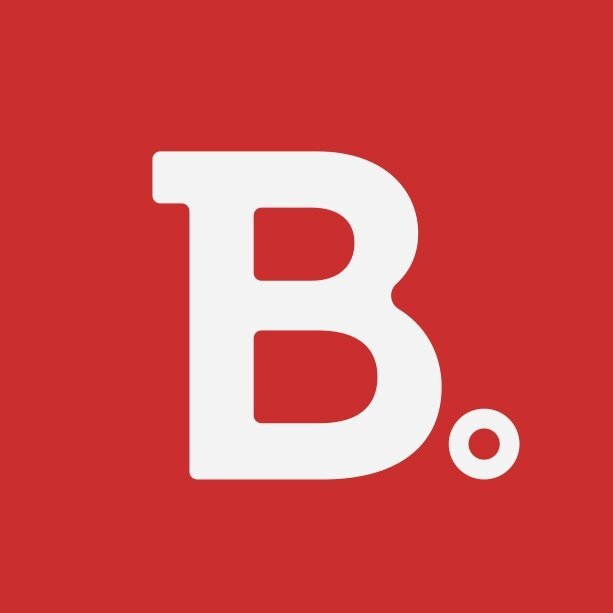
Our experience with Puentes interns has been nothing short of fantastic. We loved having the opportunity to work with enthusiastic, engaged young professionals and only wish they could have stayed longer! It was such a pleasure to help them grow on both a personal and professional level as they gained valuable hands-on experience in Argentina.

Si bien otros 3 interns habían pasado por Alquilando desde mi llegada a la compañía, esta fue la primera vez que me tocó supervisar a uno de ellos, lo que me permitió conocer mucho más de cerca el trabajo de Puentes. Creo que lo que hacen es genial. Tanto los estudiantes que vienen a nuestro país a trabajar como las compañías que los reciben tienen la oportunidad de vivir una experiencia muy valiosa, no solo desde el punto de vista profesional, sino también desde lo humano.
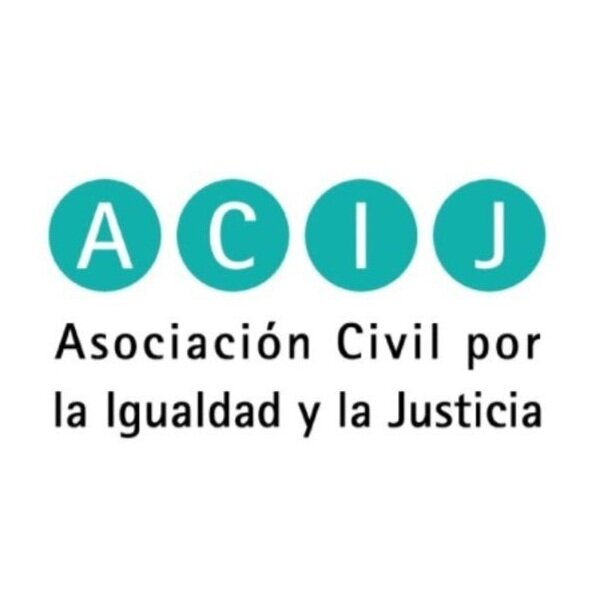
Los pasantes o interns de Puentes son, en general y según nuestras últimas experiencias, muy responsables y pueden integrarse al equipo fácilmente.
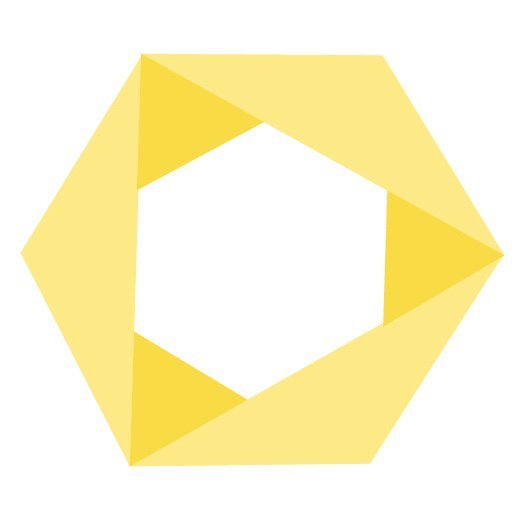
Puentes ha gestionado integralmente la relación con el intern. Nos ha sido muy sencillo sumar a Lucía al equipo, los objetivos fueron claros y el seguimiento se realizó correctamente. En todo momento Lucía y SolarLatam se sintio acompañado y respaldado por Puentes en la gestión del intern. Esperamos continuar trabajando junto a Puentes en el futuro.
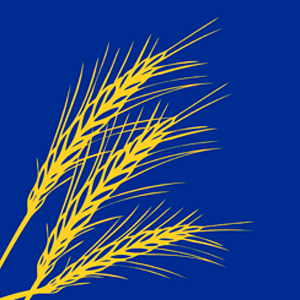
Through the Puentes program we had the opportunity to work with a smart, professional, and capable intern who helped us make decisive progress towards several of our business goals. Working with the Puentes staff has been seamless. I can't wait to participate again in the future!
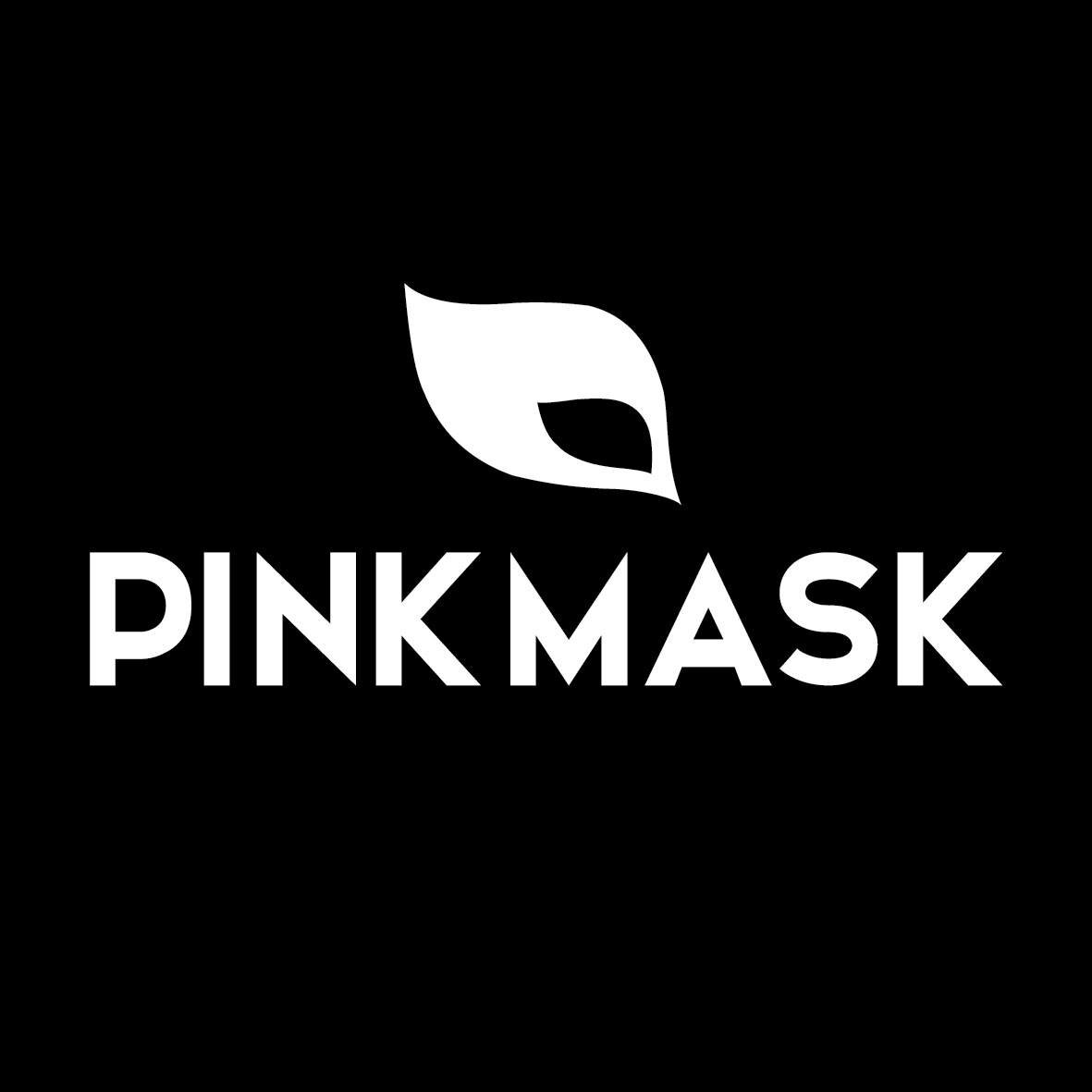
En Pink Mask esperamos cada año la llegada del programa de Puentes. Esta muy bien diseñado para que los estudiantes aprendan y a su vez que las empresas avancen en projectos especificos.
Les agradecemos mucho su soporte, por tenernos en cuenta y su buena predisposicion de siempre :)

Working with Puentes is absolutely wonderful. They are friendly, communicative, and place high quality interns. The intern placed with Rizoma Field School through Puentes was an absolute pleasure to work with. Getting to know her and showing her the ropes of our organization was very meaningful. I hope she left with a new sense of passion for her future bright career!
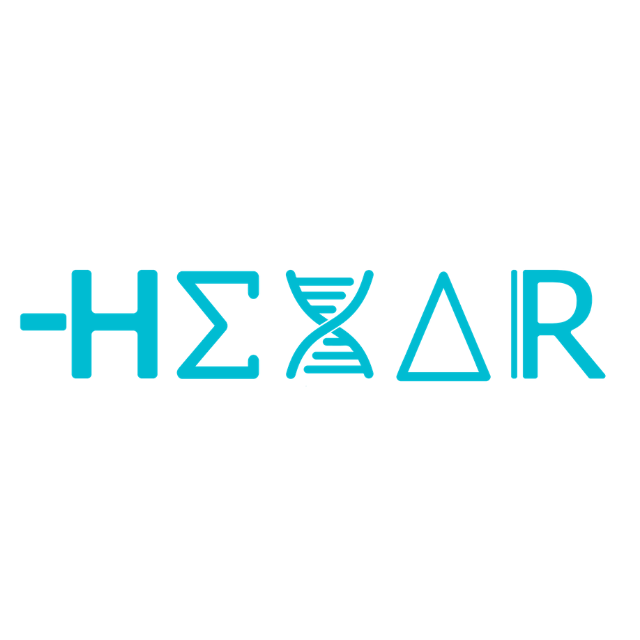
El trabajo con Puentes fue muy bueno. Los pasantes hicieron un trabajo increíble y muy profesional, sumando muchísimo a los objetivos de la empresa. El equipo de Puentes estuvo siempre a disposición para ayudar y el proceso estuvo muy bien organizado.

Puentes helped us create a more culturally diverse, remote-friendly workplace. We loved the experience and we are looking forward to growing our relationship in the near future.
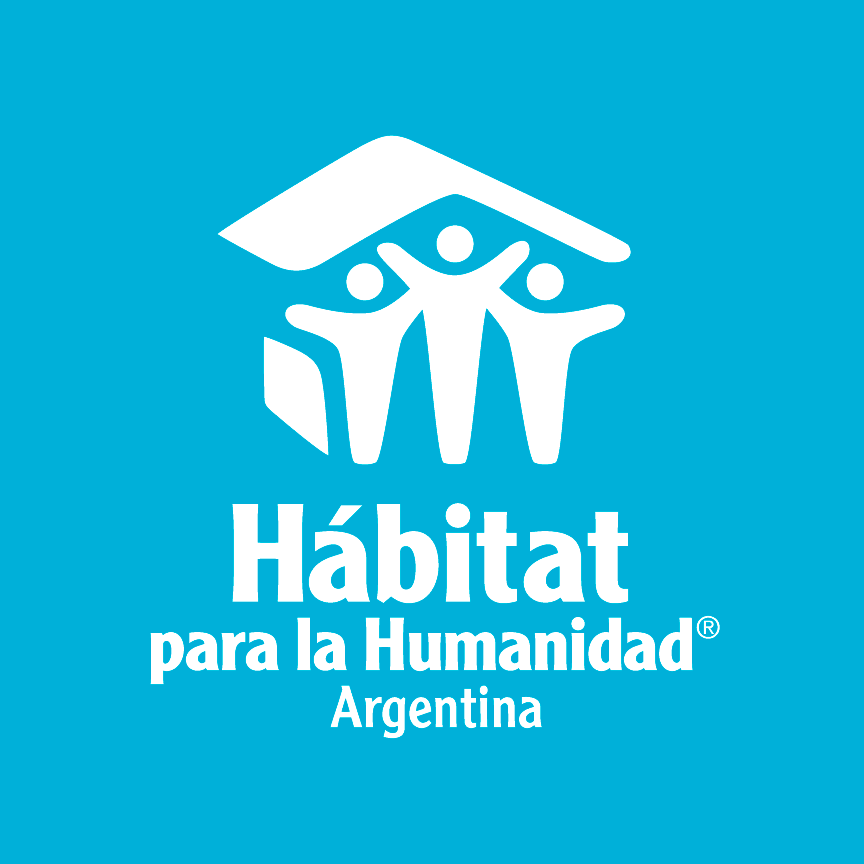
Todas las experiencias que tuve con pasantes de Puentes y con su equipo, han sido muy satisfactorias. Me siento muy cómoda con esta alianza y espero que siga creciendo!

Muy contento con esta primera experiencia y la manera en que organizan las pasantías creo que tanto para las empresas como para los pasantes es de gran valor.

I can't put into words how happy I was with the intern that Puentes Abroad connected us with. Our intern was extremely talented and always had a can-do attitude. She was faced with some very hard tasks and projects that she was able to handle them with minimal supervision. As an employer, you can't ask for much more. And as a Mentor, you can't ask for a better pupil. On top of all this, the Puentes team was there for us all the time. The communication between us was first class! I look forward to working with Puentes for a long time!
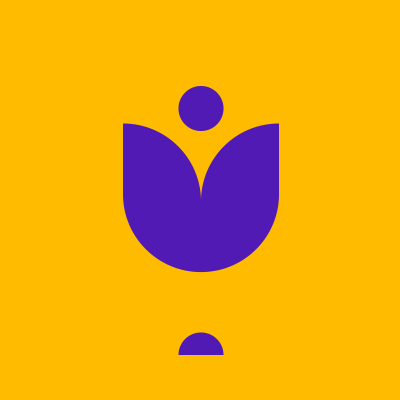
It's been a pleasure to work with Puentes, they remove any 'heavy lifting' potentially associated with taking on an intern. It's soo easy and fluid its ridiculous. You're never left guessing about any stage of the process, they streamline everything for you - it's been a fantastic partnership for us, and we're exited about continuing our relationship.

Esta es nuestra 4ta experiencia de trabajo con Puentes dentro de Talk2U. Nos encanta recibir interns y trabajar junto al equipo de Puentes en la supervisión de los interns, asegurando que las expectativas están alineadas y que los interns llevan adelante un verano donde sientan que su aporte cuenta e importa.
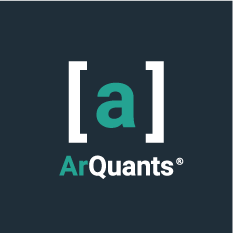
El networking creado con estudiantes de otros lugares del mundo, por medio de vínculos con otras organizaciones creo es una forma integral de encarar en presente de cara al futuro. La organización es espectacular al igual que la comunicación.
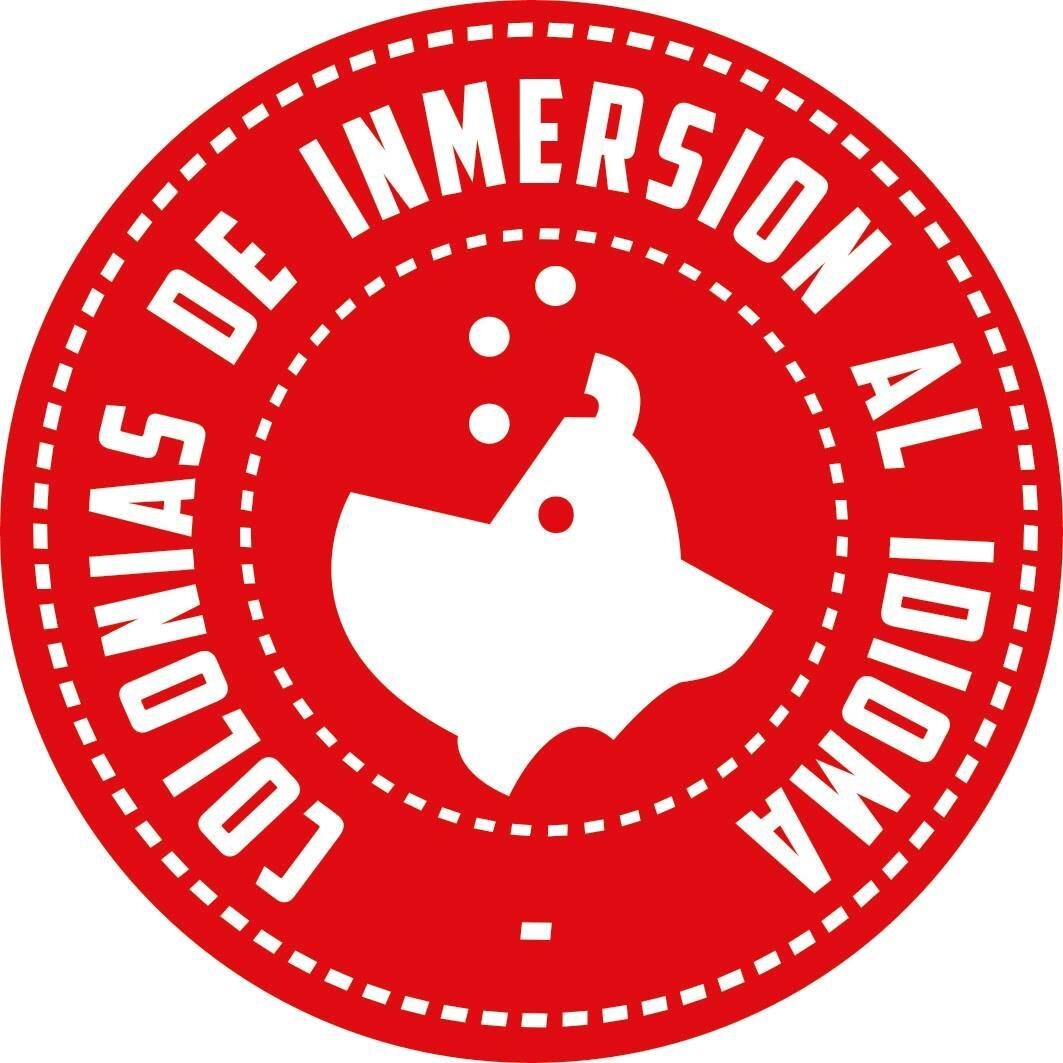
Everyone at Puentes, particularly Ann, have been helpful and accommodating. We have felt that our request being taken seriously and dealt with by skilled professionals. I believe the interns feel the same diligence and support.

Our experience with Puentes was excellent. It brought new insights to our company, which enabled us to grow according to Kotta's mission and values. Puente´s guidance throughout the process was crucial for an efficient and rewarding experience.

The students Puentes works with are smart, agile, and professional. Besides offering these students a glimpse into the professional world you will be surprised by how much they can contribute to your organization.

Fue una muy buena experiencia en todo el proceso, tanto de propuesta de interns para entrevistar como durante la internship, con buen acompañamiento. Y también escuché de Dhvani cómo la ayudaron para trabajar con nosotros, asique me pareció genial. Gracias!!

Since our first intern with Puentes till today, we have gone through many experiences together. I am looking forward to the next adventure.

I absolutely loved the experience! It was such a challenge, and I loved being on the other side, since I myself got to be an intern a few years ago. I learned a lot, and I hope Nina felt great during this internship too, since the human part is the most important for me.

Puentes does a great job at adding value to the internship program with their weekly meet-ups among interns. You can tell they really care about the intern's experience and does a great job to match the right intern with companies.

We had a fantastic experience with Javier and Puentes, there was clear structure and goals which made the time shared very fruitful for all parties involved!
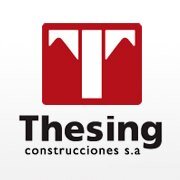
Trabajar con Puentes fue realmente muy satisfactorio. Me llevó a desafiarme a mi mismo y pesar en un proyecto interesante para trabajar junto a mi pasante. También fue muy enriquecedor para mi equipo haber podido compartir tiempo con un estudiante de Estados Unidos.
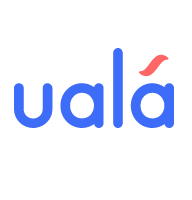
Gracias a Puentes tuvimos la oportunidad de trabajar con Steven, quien se destacó en su empeño, dedicación e interés por el trabajo que hacemos en la empresa y su misión.
Hemos podido crear un informe muy detallado sobre una temática nueva, a nivel país y a nivel empresa, con una perspectiva renovada de un jóven profesional que, a pesar de no vivir en Argentina, pudo ofrecer una visión relevante y accionable en el corto plazo.

La experiencia de la Fundación Instituto David Hume con el programa de interns virtuales de Puentes ha sido muy gratificante. Tuvimos la oportunidad de trabajar con dos estudiantes de la Universidad de Pennsylvania en proyectos de investigación y otras tareas con resultados excelentes. Las interns hicieron un trabajo muy bueno, cumpliendo a tiempo y profundamente con las tareas y las discusiones sobre los temas. También fue muy interesante el intercambio cultural que (aunque virtual) se dió entre las interns y la supervisora. Fue tan buena la experiencia que nos encantaría volver a recibir interns a través de Puentes muy pronto!

Es notable el trabajo que hace el equipo de Puentes en encontrar y hacer seguimiento de jóvenes apasionados por aprender lo que es trabajar en una empresa de tecnología. La experiencia que ofrece Puentes en enriquecedora tanto para el intern como para el manager y toda la organizar que hostea al talento jóven. Los intern vienen con sus preguntas, experiencias e inquietudes y generan un entorno refrescante. Muchas felicitaciones!
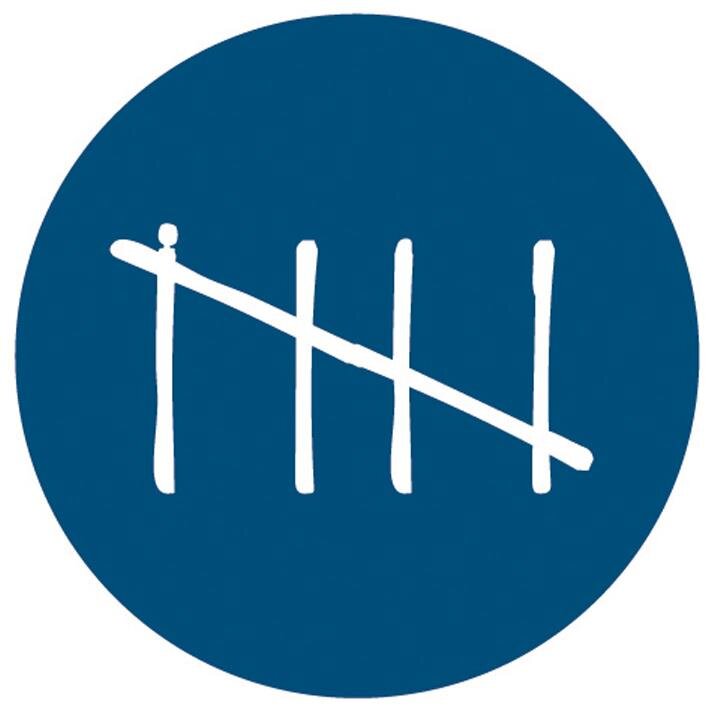
Nuestra experiencia con Puentes ha sido muy satisfactoria! Por un lado, destacamos el nivel de los/as estudiantes que aplican a las pasantías. Cada uno/a de los/as estudiantes que se postuló a la pasantía con IP Argentina contaba con un CV muy atractivo.
Por otro lado, es notable el seguimiento que realizan desde Puentes para asegurarse de que los/as pasantes estén teniendo una buena experiencia y, principalmente, para que estén adquiriendo nuevos conocimientos y herramientas útiles para su futuro profesional.
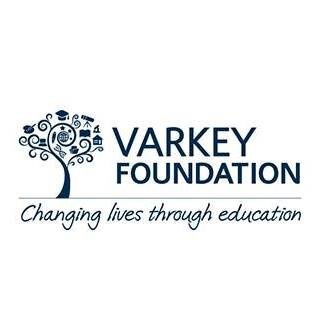
Fue muy fructífera. Se nota el cuidado y cercanía que tienen con los pasantes. Es muy bueno contar con su seguimiento. Me pareció profesional y cercano.
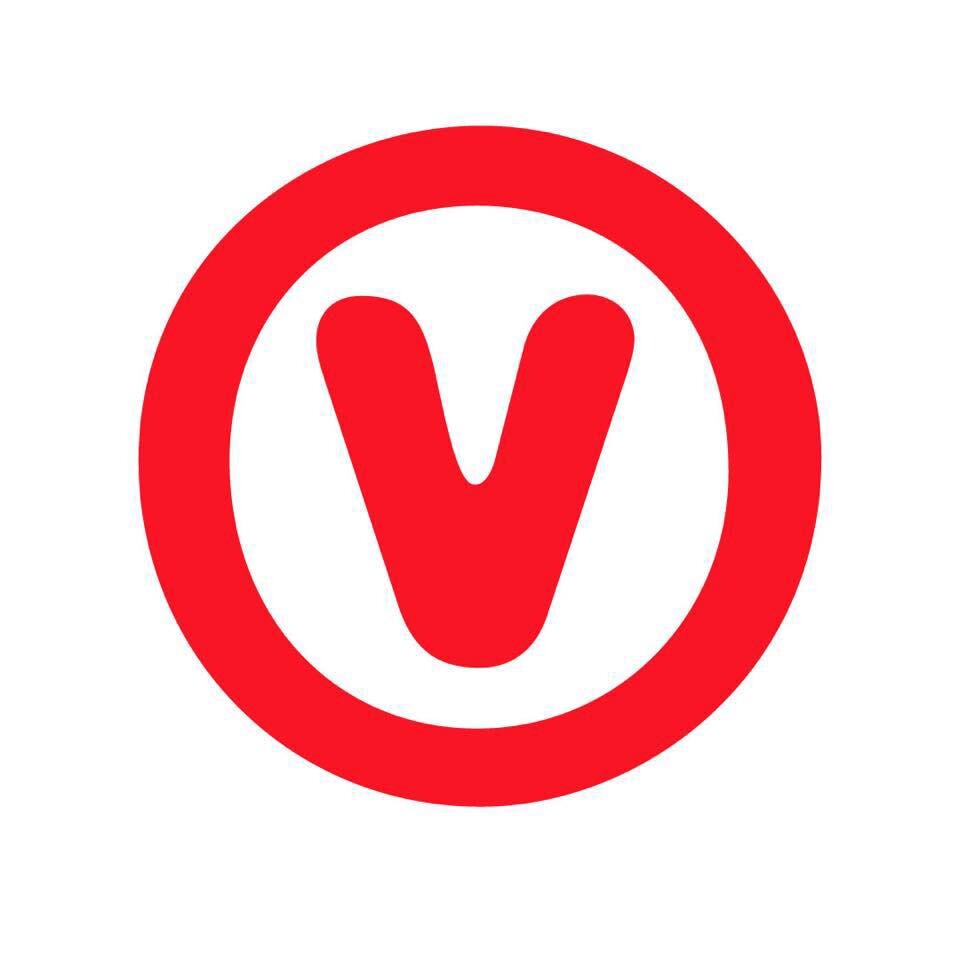
The opportunity to work with interns around the globe is great, new ideas came and help us improve constantly. Every time we get new knowledge it pushes us to frontier work on all areas.
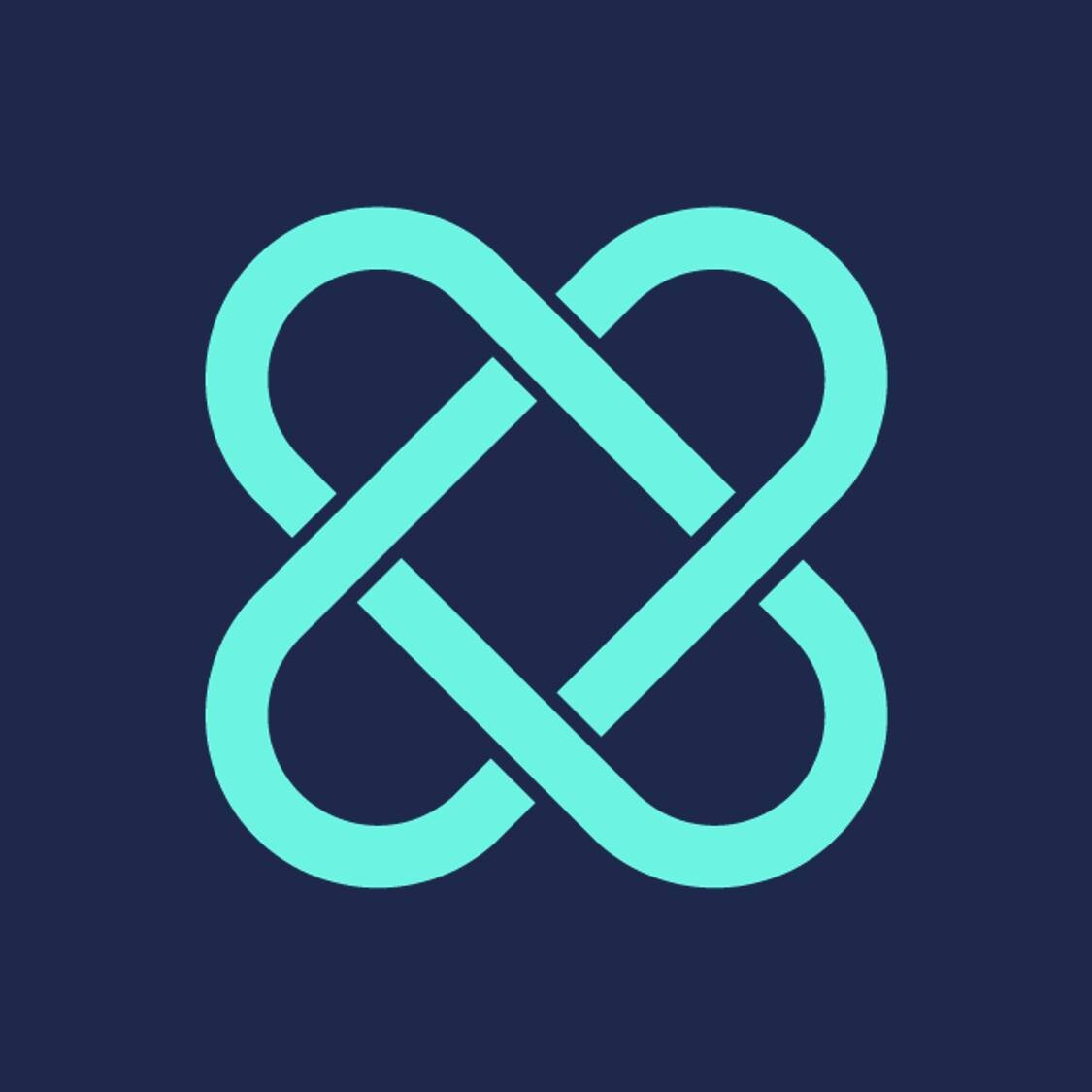
Puentes es una asociación que ha estado apoyado a Merovingian hace años, dándonos la oportunidad de conocer a brillantes mentes jóvenes de todo el mundo que están entusiasmadas en aprender y aportar valor a proyectos de datos. Recomiendo Puentes a toda organización que esté interesada en tener grandes mentes en sus equipos, aportando a un ambiente creativo y multicultural
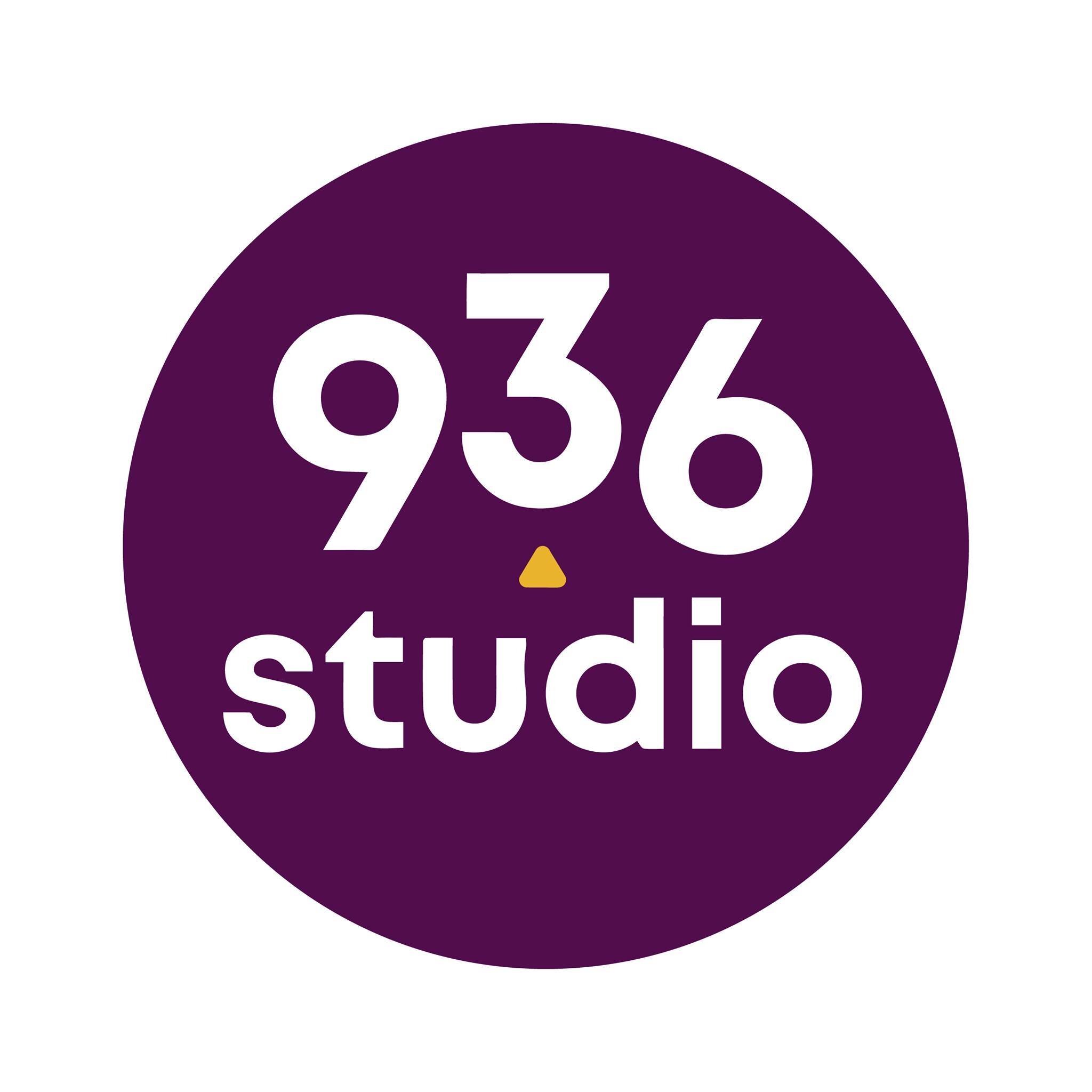
Working with Puentes is absolutely fantastic. They literally are the "bridge" between the companies and the students, and they make everything work out so seamless in all parts of the experience... I would definetly recommend working with Puentes to any business looking for interns!
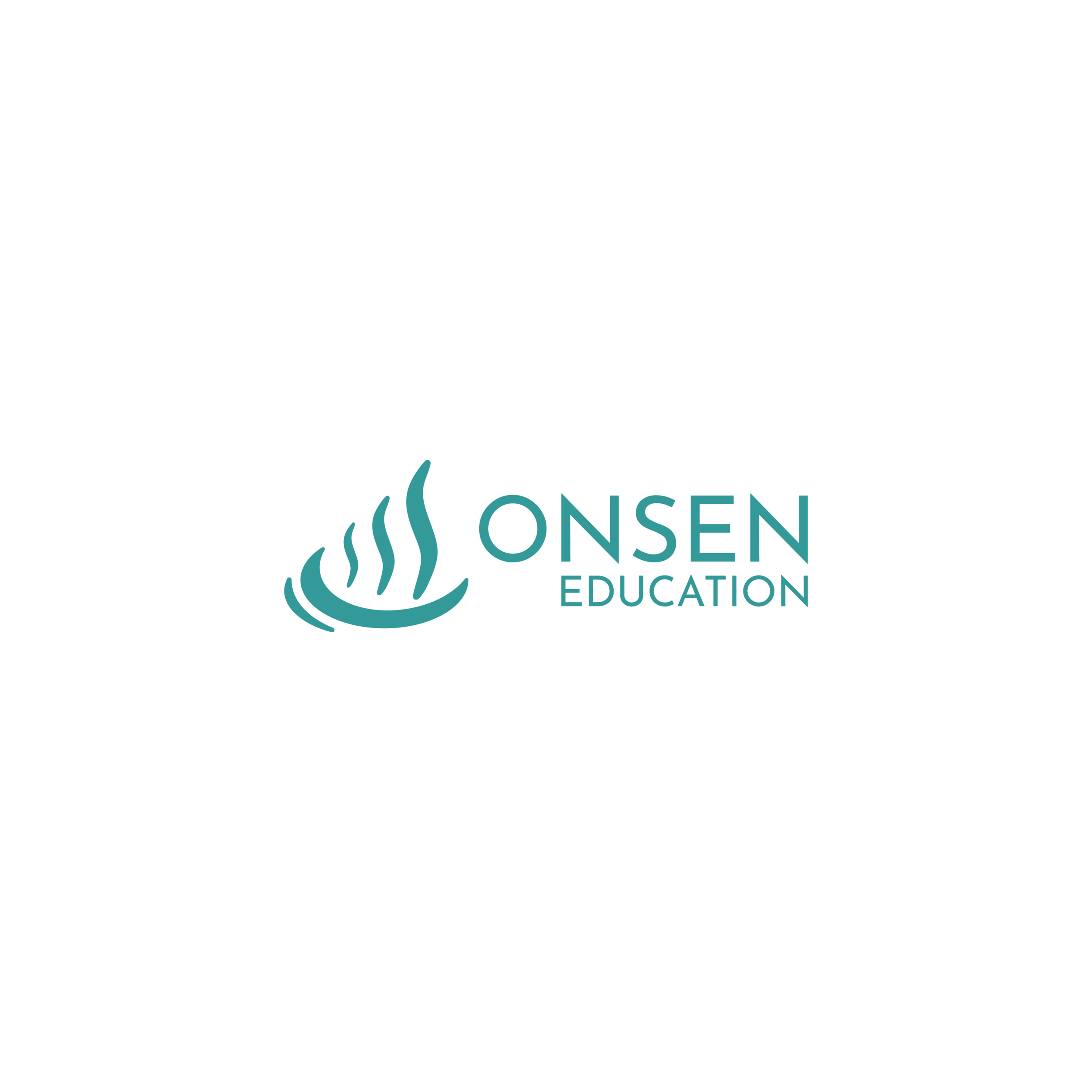
I had a wonderful experience with Puentes and the interns they assigned us. The interns were enthusiastic, self-starting problem solvers who made a tangible impact on our business, and the Puentes staff were incredibly helpful with their check-ins and guidance. I highly recommend the Puentes internship experience to any business.
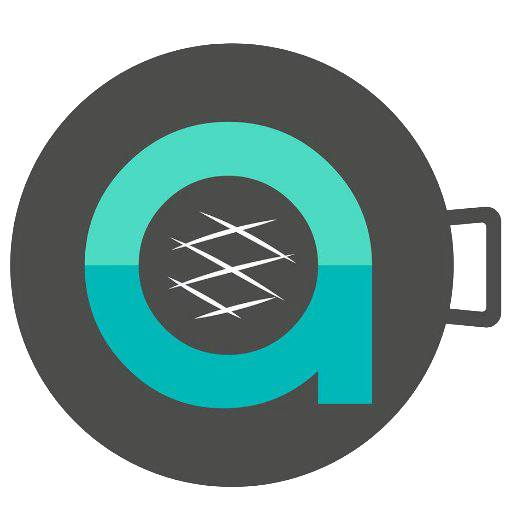
Puentes provides a lot of value to both interns and organizations. I love the way it goes about its business, everything is so standardized, organized and prepared.
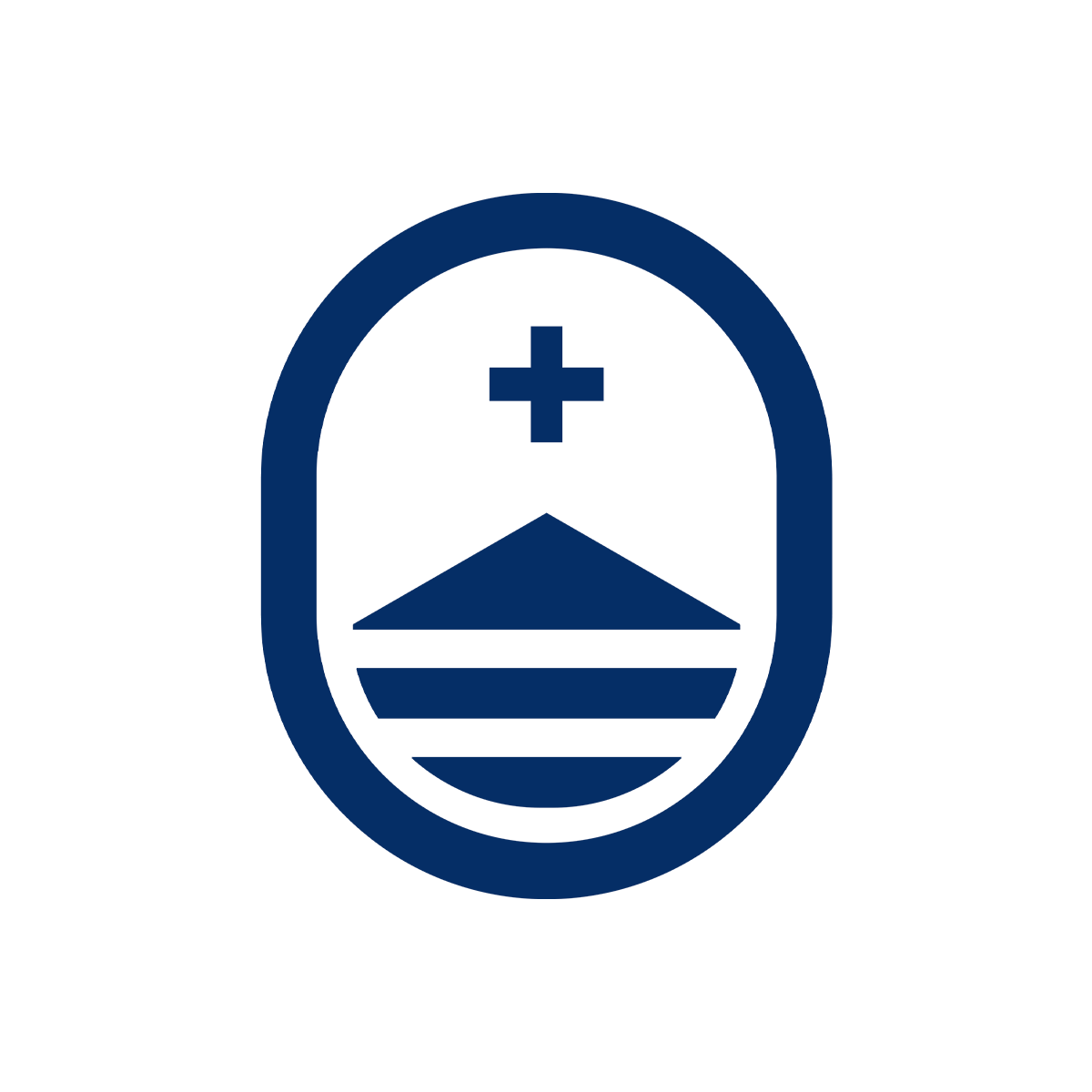
I highly recommend the Puentes Remote Internship Program for any organization that wishes to internationalize its mission through the outstanding work of excellent collaborators.
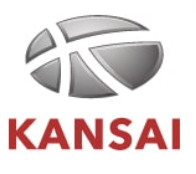
Fue una experiencia enriquecedora, muy bien organizada, con encuentros establecidos para poder monitorear el avance de la pasantía.
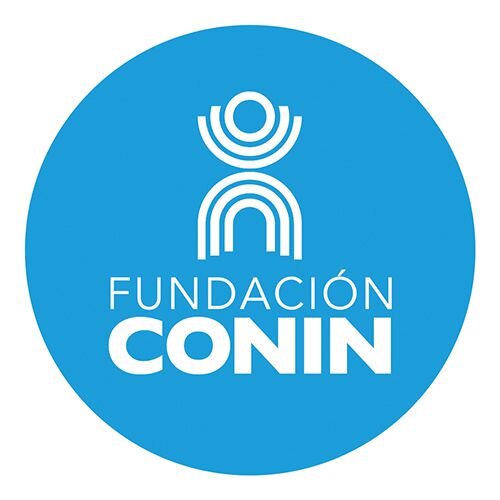
Es nuestra primera experiencia con Puentes, y el resultado fue muy satisfactorio. Tuvimos la posibilidad de compartir dos meses de trabajo con estudiantes de la UPenn, permitiendo el intercambio de idiomas, puntos de vista, formas de actuar durante todo el desarrollo e implementación del proyecto. Una experiencia enriquecedora, articulada con seriedad y compromiso por parte de todos los involucrados.

La experiencia con Puentes ha sido muy enriquecedora ya que el aporte de diversos estudiantes con múltiples experiencias y saberes de contextos muy variados, siempre suma a las acciones y procesos locales que estamos realizando, así como al fortalecimiento de la organización.
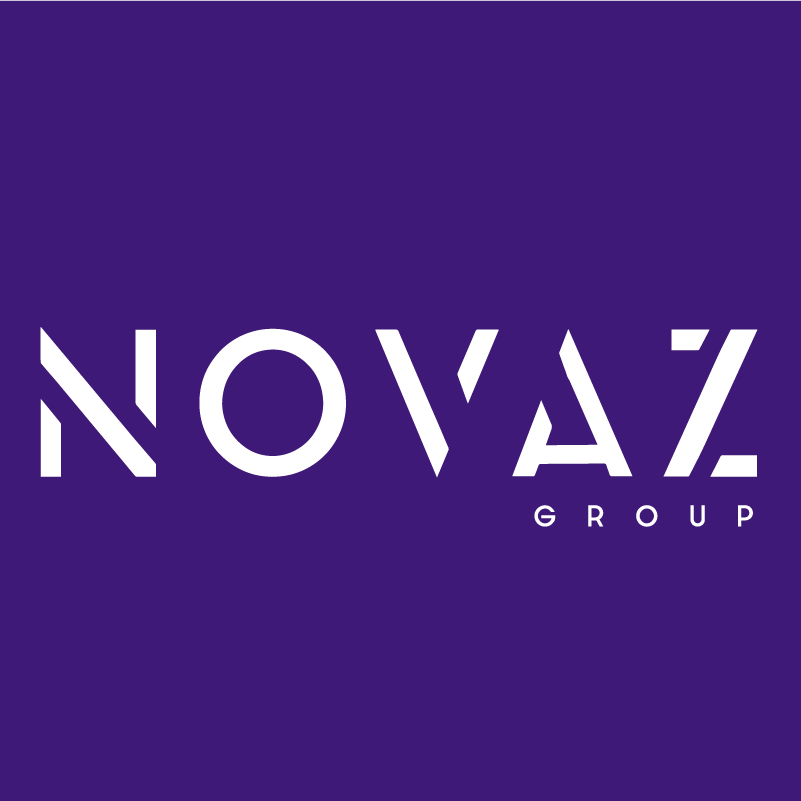
La propuesta de Puentes me parece genial, permite generar las famosas relaciones win-win. Los programas buscan construir relaciones de calidad, capacitando a los interns y dando nuevas herramientas y puntos de vista a las empresas.
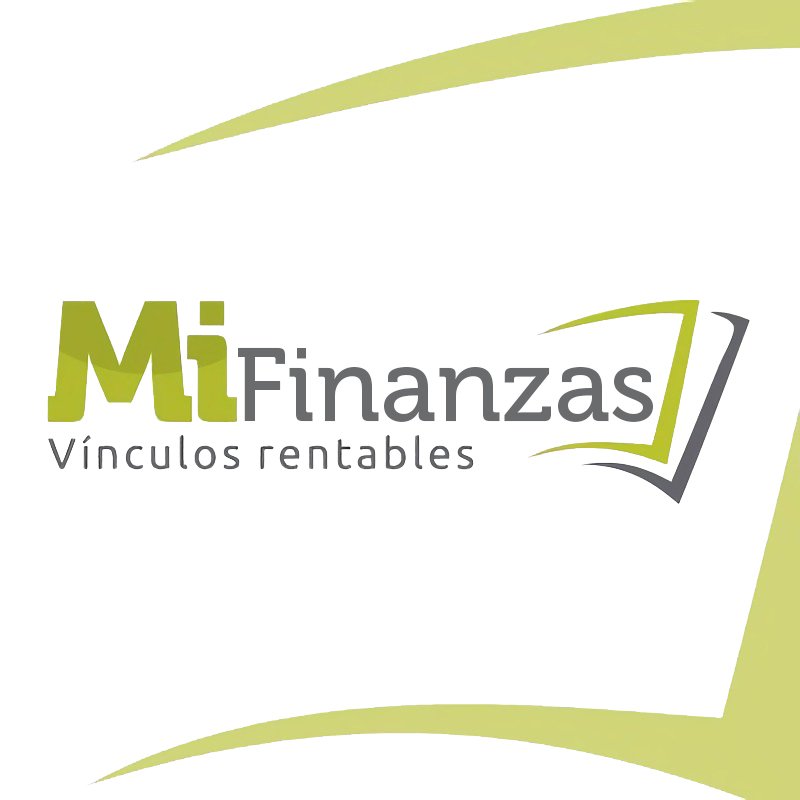
El pasante trabajó con un compromiso y responsabilidad que excedieron las expectativas. Asimismo, pudo profundizar en las tareas, generando un resultado que también superó las expectativas.

Considero que la experiencia fue sumante enriquecedora para ambas partes. Hemos podido armar muy buen equipo de trabajo. Los aportes de la pasante en nuestra institución no fueron solo en conocimientos sino afectivamente. Los niños lograron conocer otras tradiciones y enriquecer su inglés. Creo que también la pasante logró fortalecer muchas de sus características personales y poner en juego muchas competencias organizativas y comunicacionales.

El trabajo desarrollado por la pasante fue parte de la cartera de actividades del área de Movilidad Sostenible y planificado de manera de que el producto de la pasantía fuera útil para continuar proyectos en desarrollo. La calidad del trabajo fue excelente, muy detallado, prolijo y con valor agregado, cuyo contenido tiene validez técnica, siendo superior a las expectativas planteadas al inicio de la pasantía.
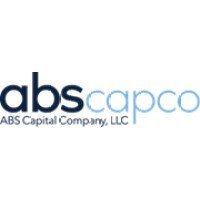
El pasante mostró interés en la evaluación de riesgo de inversión y trabajó en algunos proyectos puntuales, que estamos analizando, tanto en el aspecto financiero como legal. Sus presentaciones y aportes nos resultaron interesantes y fueron un insumo para nuestras decisiones.
WELL-DESIGNED PROJECT CONCEPTS
To help spark ideas, the following are types of projects that have been successful for past interns:
Business Development
Research new client leads, conduct personalized outreach to leads, and help to create proposals for potential clients.
Conduct a market analysis for the company's expansion to a new country or market.
Communications & Social Media
Develop and implement the social media plan for one of the company's key products or services.
Craft communication materials and identify contacts for outreach to key stakeholders.
Coordination & Service
Develop a customer loyalty program and do outreach to potential partners that would provide value to the customers.
Plan and coordinate a new social program to increase the organization's impact.
Fundraising
Research and identify possible grants available from international funding sources and then prepare and write grant proposals in collaboration with the organization’s program directors.
Graphic & Web Design
Conceptualize and develop new features for the company's online platform.
Build a new mobile application to support the company's products and services.
Create a brand manual for the company or organization.
Marketing & Writing
Develop the strategy and content for a specific marketing campaign, implement the campaign, and measure its success based on key indicators.
Conceptualize and create blog posts and website content to help increase awareness of the company's or organization's brand.
Monitoring & Evaluation
Develop indicators and corresponding surveys to measure a product's or program's success, implement the surveys, analyze survey response data, and make recommendations for how to improve the product or the program impact.
Research & Analysis
Research best practices from different regions and prepare a report with recommendations based on the best practices for how to improve the product or program.
Analyze the company's financial processes and their implementation, identifying key areas for improvement.
Interpret existing product or program data through statistical analysis, organize learnings, and create dashboards and graphics to show results and findings.
